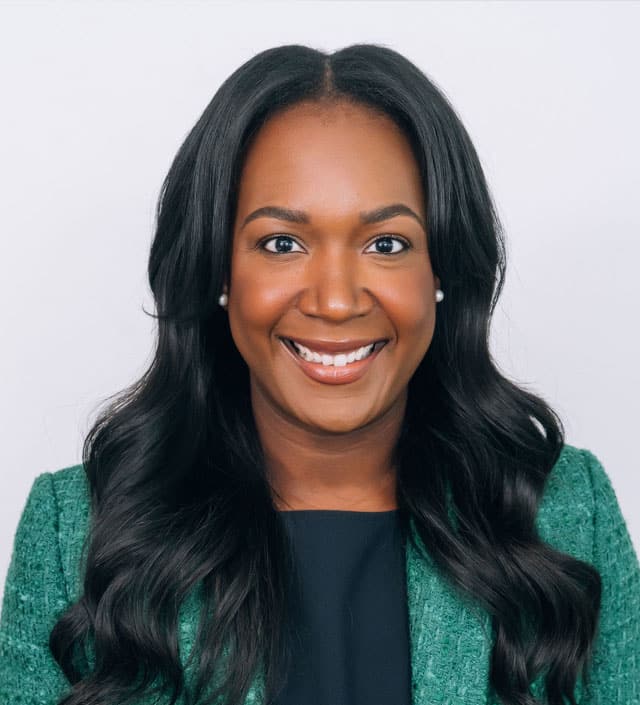Much of the existing theory and research in the area of financial risk tolerance has focused on an individual’s propensity to allocate more or less wealth to risky assets. As a consequence, risk tolerance is most frequently discussed within the context of investment policy and the portfolio allocation decision.
Financial planners, however, advise clients on a much wider range of decisions involving uncertain outcomes, and incorporating clients’ risk tolerance into the framing and exploration of those decisions can be extremely useful.
Consider the following examples of decisions that clients face where the financial planner might usefully apply what they know of the client’s risk tolerance:
• Retirement: Lump sum vs. annuity; Legacy goals vs. income security
• Mortgage finance: Optimal debt vs. “peace of mind”
• Auto finance: Buy vs. borrow vs. lease
• Insurance: Retain risk vs. transfer (to insurer)
• Social Security: Spend now vs. longevity insurance
As always, the financial planner’s role is not to dictate actions to clients but to help them arrive at decisions that are consistent with who and what matters to them, while also being financially prudent and consistent with financial planning best practices. In determining how to frame such non-investment decisions for clients, the financial planner can be greatly aided by an understanding of the client’s risk tolerance.
While risk tolerance represents the trade-offs clients are willing to make under conditions of uncertainty, risk perception refers to the client’s perception of the nature and scope of those risky trade-offs. Like risk capacity, risk perception is a client characteristic that financial planners can influence through education, explanation and framing.
Just as a client with extremely low risk tolerance might be inclined to choose a low-risk portfolio allocation that is unlikely to generate sufficient returns for goal attainment, a client with an extremely high risk tolerance might similarly be inclined to make decisions that are disproportionately risky given their goals and circumstances.
Understanding the client’s risk tolerance can help the financial planner to better frame the decision in either of those situations and hopefully lead the client to a better outcome.
Case study: Framing risk tolerance
Mary Astor was about to meet with her clients, Nick and Nora Shin, who wanted to discuss Nick’s recent inheritance and their plans for the future given their improved financial circumstances. Mary knew from prior conversations that those plans included not just the financial independence so important to Nick, but also Nora’s dream of tearing down and replacing their current home with a magazine-worthy dream home.
Nora had already engaged an architect who had prepared preliminary plans and estimates. Mary had also learned that Nick and Nora’s son, who had started a business two years earlier, was apparently doing extremely well, although his business was not able to internally finance his expansion plans and he was having trouble borrowing or raising investor capital.
In preparing for this meeting, Mary reviewed and evaluated the couple’s financials in light of their new goals and circumstances, finding that they could build Nora’s dream home and still have enough capital remaining to maintain their target lifestyle using Mary’s recommended safe-withdrawal methodology.
However, the couple’s remaining capital would leave them with little or no room for cost overruns on the new home or cash infusions into their son’s business. She shared these findings with Nick and Nora during their subsequent meeting, and after asking clarifying questions, the Shins informed Mary that they intended to proceed with building their dream home.
As the months passed, there were, as Mary had feared, frequent cost overruns during construction of the new home, requiring the Shins to make repeated withdrawals from the funds set aside to support their lifestyle needs. Exacerbating this, the Shins’ son persuaded them to make several additional investments in his business as he was unable to find financing elsewhere.
The eventual outcome was that, while Nick and Nora were able to enjoy living in their new dream home for two years, they eventually admitted they could no longer maintain their desired lifestyle — or even a diminished one — on the shrunken portfolio that remained after the cost overruns and investments in their son’s ultimately unsuccessful business. As a consequence, they sold the house and moved to another state, buying a much less expensive replacement home and resuming life on a more sustainable spending path.
In contemplating the events of the prior three years, Mary wondered what she might have done differently to forestall this unhappy outcome for her clients. In so doing, she decided that it might be helpful to review the risk tolerance scores she had on file for the Shins and noted that they had both scored well above average, with Nick scoring five on a seven-point scale and Nora coming in even higher at six out of seven.
She realized that, given their extremely high tolerance for risk, it would likely have been helpful to have framed the risk and uncertainty associated with Nick and Nora’s plans in a way that highlighted and amplified the downside risk.
Prior experience had taught Mary that clients with an extremely high or low risk tolerance benefited from having trade-offs framed in a way that could penetrate their natural optimism or fear. She resolved to more explicitly incorporate her clients’ risk tolerance in every discussion of the trade-offs associated with all of their important life goals and transitions.
Case study: Balancing risk tolerance and priorities
Henry Davis, CFP, sat in the empty conference room thinking about his just–concluded client meeting with Diane and Rebecca Howe. The Howes had come in to discuss their retirement plans in general and, more specifically, whether to elect the lump sum or annuity options offered by their respective retirement plans.
The couple had provided the numbers ahead of time, and in evaluating them before the meeting, Henry had also been careful to revisit the Howes’ risk tolerance scores. He found that while Rebecca had a below-average score of three on a seven-point scale, Diane’s score was lower still at two. Even before the meeting, Diane had revealed a preference for the annuity option offered by her employer’s pension plan, drawn to the safety of “guaranteed income” over the uncertainties of the market.
While Henry’s financial analysis suggested that these clients would likely generate a higher retirement income by choosing the lump sum option, he also knew that this alone was unlikely to sway the couple, most especially Diane, and that he would need to frame the issue in broader terms in order to ensure that they had full information when making their final decision.
Ultimately, Henry framed the conversation less in terms of the guaranteed income from annuitization, versus the probable but not guaranteed income from investment, and more in terms of the trade-off between guaranteed income and the Howes’ legacy goals for their two sons.
Based on Henry’s projections and Monte Carlo simulations, the annuity option would most likely reduce the total legacy received by the Howes’ sons by more than a million dollars. By framing the trade-offs in terms other than just market volatility, Henry was able to help Diane and Rebecca make a decision that was not solely driven by their low risk tolerance.
The Howes, contemplating the impact their decision could have on their legacy goals, ultimately agreed, not without expressing some apprehension, that it would be best to choose the lump sum option.
During a conference call several years later, one that was primarily focused on estate planning, Diane thanked Henry for helping them overcome their discomfort with the idea of choosing anything less than a guaranteed income from her retirement plan.
She said that she and Rebecca had ultimately grown quite comfortable with Henry’s safe-withdrawal approach to meeting their spending needs and were grateful that their sons would ultimately have a larger inheritance, or even lifetime gifts, with which to support their own dreams and aspirations.
Influences beyond the portfolio
A client’s risk tolerance is an important part of their psychological profile and decision-making style. Only if we incorporate what we learn about a client’s risk tolerance into our conversations, into how we explain our findings and how we frame our recommendations, are we likely to inspire our clients to act on those recommendations.
And this applies widely to all financial planning recommendations, not just those related to investing. Beyond the portfolio, a client’s risk tolerance will also influence how they view risk management and insurance decisions, the uses of debt, and retirement income strategies, thus requiring the financial planner to frame advice to match the client’s perception of the inherent risks in each case.
Copyright © 2022 Certified Financial Planner Board of Standards, Inc. This article is an excerpt from the chapter “Framing Advice in Light of Client’s Risk Tolerance,” in the book “The Psychology of Financial Planning.”
Swarn Chatterjee, Ph.D., is the Bluerock Professor Financial Planning at the University of Georgia. He currently serves as the head of the Department of Financial Planning, Housing and Consumer Economics. Dave Yeske, DBA, CFP®, has been practicing financial planning for over 30 years and is the co-founder of Yeske Buie, a wealth management firm with offices in San Francisco, California, and Vienna, Virginia. He is also the program director for Golden Gate University’s financial planning program.






